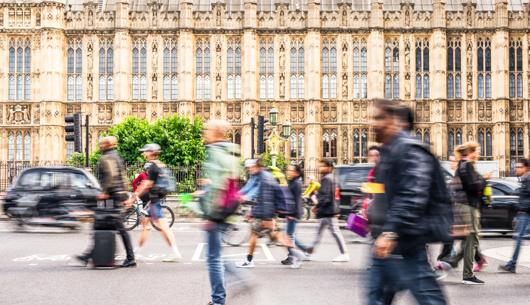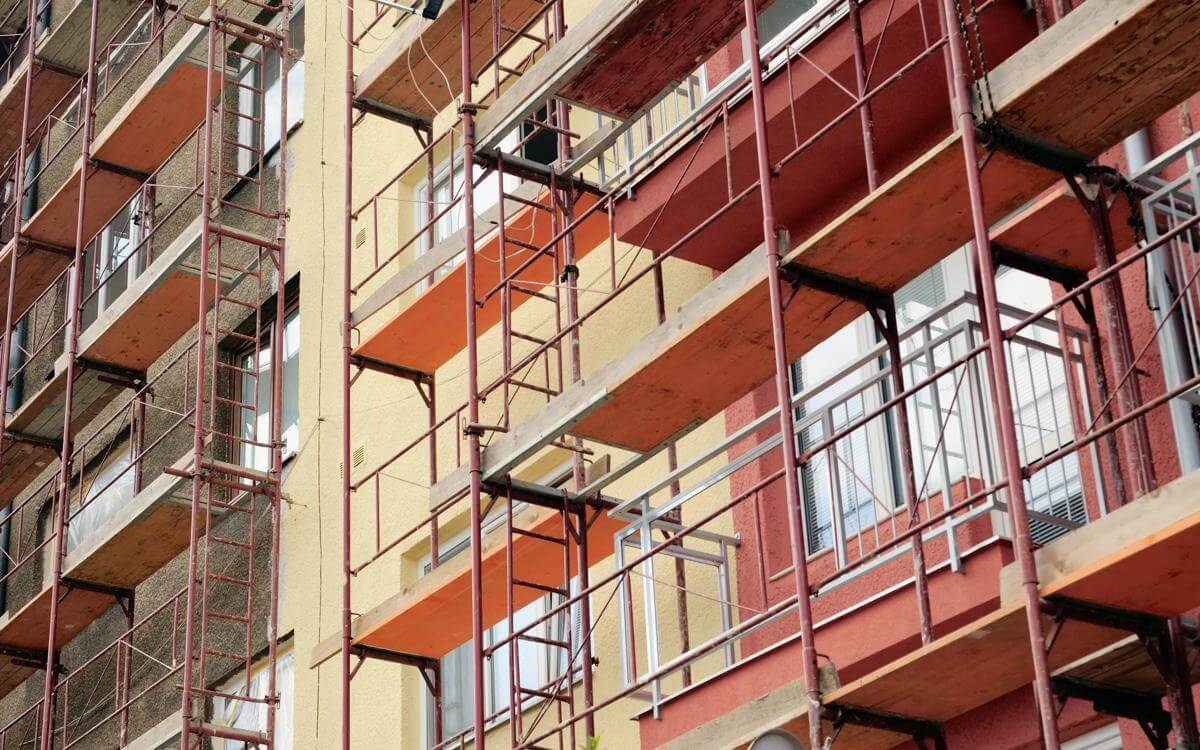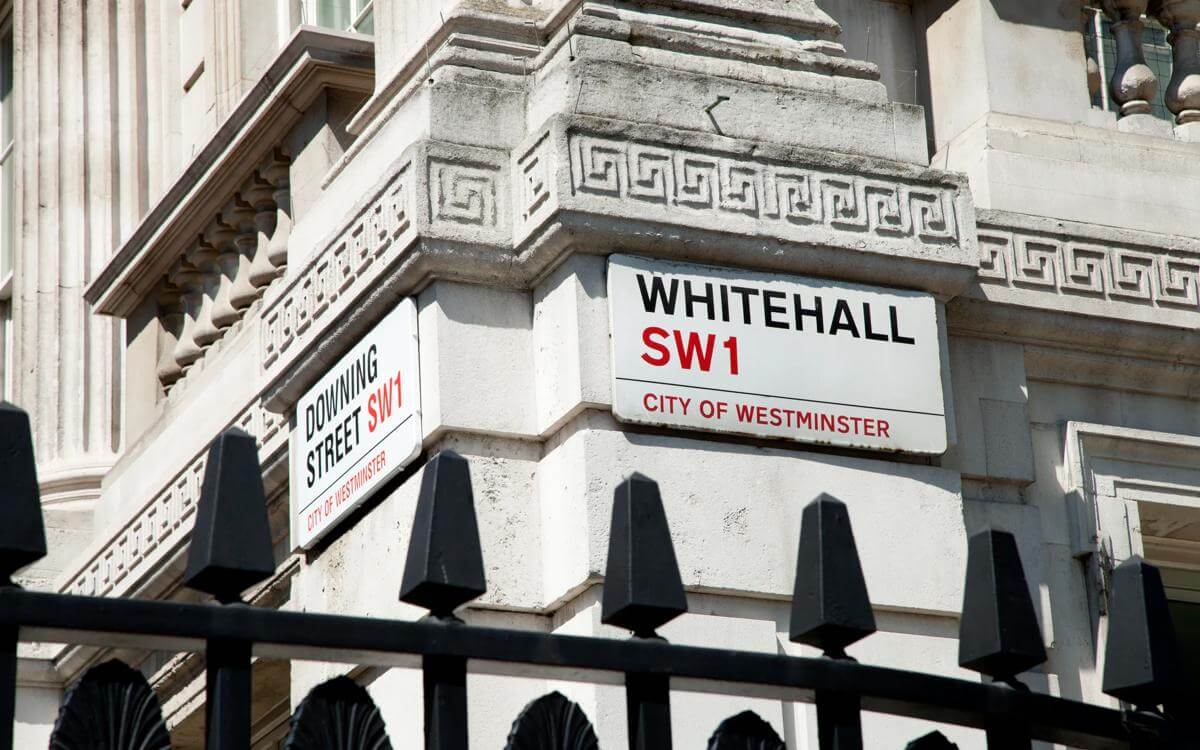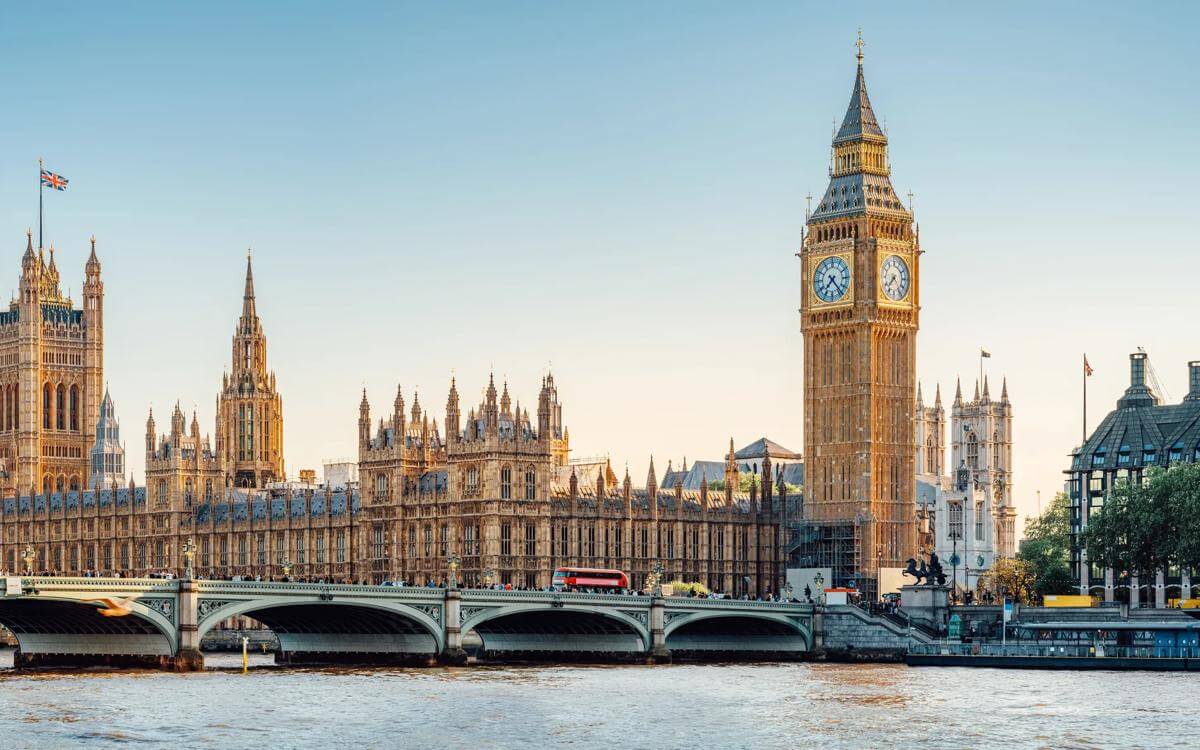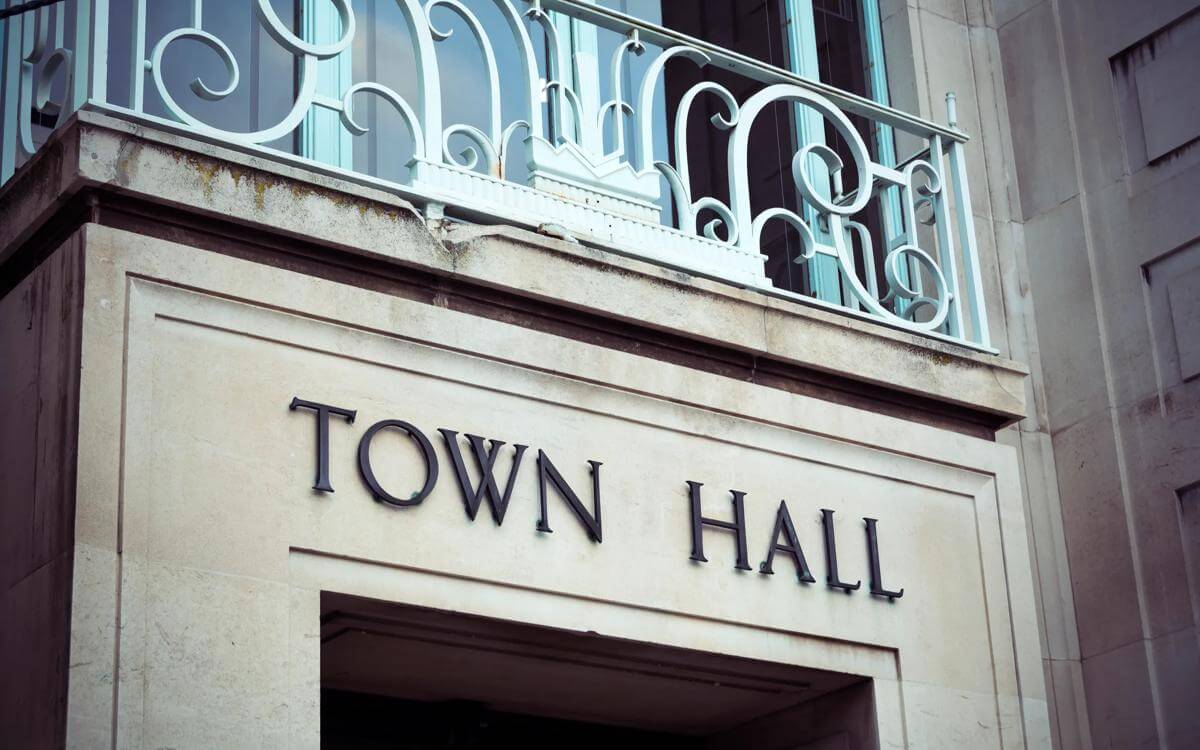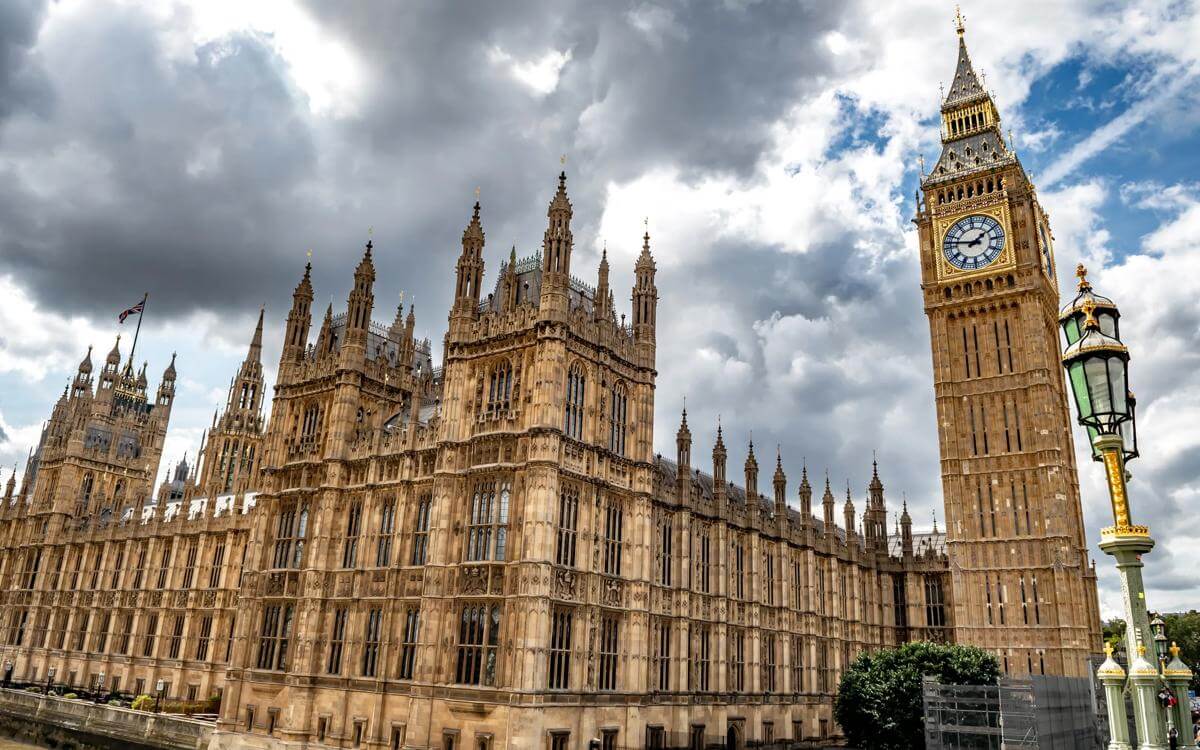Understanding the risk - looked after children trends and the impact on claims
Last month the government published the latest annual update on the numbers of looked after children.
Last month the government published the latest annual update on the numbers of looked after children. The headlines are that:
- The number of looked after children have risen by 4% to 78,150 (That figure has been increasing since about 2008).
- 63% (49,234) of those children are looked after because they were at risk of abuse or neglect.
- 75% (58,612) of those children are looked after pursuant to a care order.
- 18% (14,067) of those children are looked after pursuant to a voluntary arrangement.
- The figures suggest that the increase in care orders and decrease in voluntary arrangements over previous years may be stabilising.
- 72% of looked after children are in foster placements (of which 13% are placed with relatives or friends).
- 12% of looked after children are in children’s homes and the like.
So what do those numbers mean for the likely volume and incidence of future claims for abuse?
As the numbers of looked after children rise, all things being equal, the number of claims by looked after children will rise. The claims numbers rise should mirror the rise in looked after children numbers (4%) but experience suggests that where resources are stretched to breaking point the percentage increase in claims is likely to exceed this figure.
Prior to the GN v Poole judgment we faced claims, framed in negligence, alleging failure to remove a child from the family home. Following the judgment those claims are being recast as claims for breach of Human Rights. The high percentage of children who are removed because of the risk of abuse or neglect suggests that those breaches of Human Rights claims will not be declining anytime soon.
Claims for breach of Human Rights arising out of voluntary arrangements drove an increase in care orders and a decrease in voluntary arrangements in previous years. That trend seems to have come to an end. We should therefore expect those claims numbers to stabilise at current levels.
The broadening of the concept of vicarious liability (from Lister v Hesley Hall thorough to Armes v Nottinghamshire County Council) has increased the circumstances when local authorities can be found vicariously liable for abuse but simplified the liability issues. Based on the figures above, local authorities will be vicariously liable for abuse by care givers in about 71% of the care settings in which looked after children are placed.
Drawing those threads together, the number of breach of Human Rights claims is likely to rise, as an increase in failure to remove claims offsets a decline in voluntary arrangement claims. The number of negligence claims is likely to fall, as the rise in claims by looked after children is offset by the decline in failure to remove claims framed in negligence. Overall, there is unlikely to be a seismic change in the numbers of claims, but a continuing shift in the causes of action that underpin them.
Contact

Mark Hickson
Head of Business Development
onlineteaminbox@brownejacobson.com
+44 (0)370 270 6000


